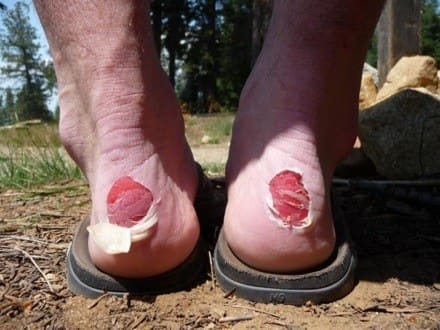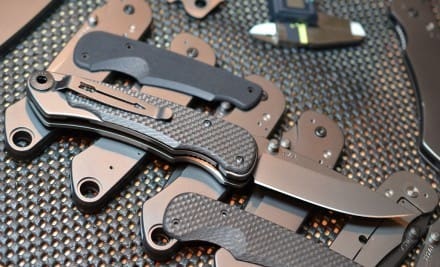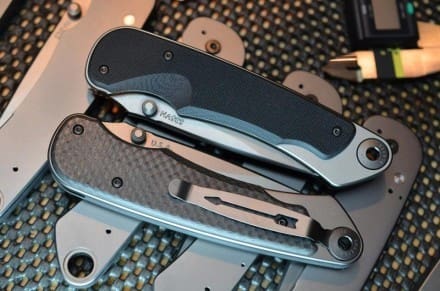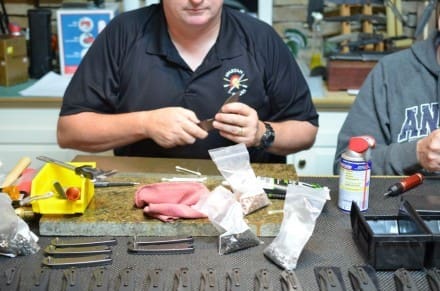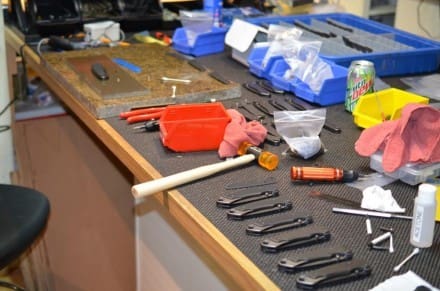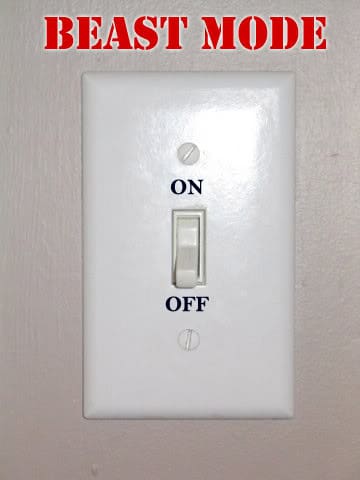So, I like going to the gym. I like olympic lifting, rowing, circuit workouts, whatever. I particularly like the fact that my gym has about 100,000 SQ FT of gym/olympic pool/indoor track/younameit. But after a few years of spending 5-6 days a week in there, waiting to use stuff behind teenagers glued to their iPhones, old people who sit on the same piece of equipment and talk to their golfing buddies for 30 minutes, and the lack of lane availability at the pool for water aerobics 24/7, I couldn’t take it any more. I’ve wanted a garage gym for a long time, and the time has come. The garage has been cleaned out, and save for 3 dirt bikes and a workbench, it’s now earmarked to become the pinnacle of home suffer-fests. It solves a lot of problems, and I wish I could have done it a long time ago. No more gym fees, no more finding child care, no more scheduling around peak times, no travel time, not waiting in line ever again, no dress code, no screaming, grunting, or involuntary flatulence, and no stupid knee-high socks or toe shoes. I can play whatever music I want, as loud as I want, and not need head phones. It presented some challenges though, not the least of which was cleaning out a fully-stocked with junk non-car-parkable garage.
First and foremost, you can’t fit 100,000 feet of square footage into a garage. It’s a big garage, but the oly pool and track aren’t in the cards. I found that 80% of my gym workouts use the same equipment: pull-up bars, a power rack, a bench, a bar, and a bunch of bumper plates. My work had been done for me as the three popular gyms around here use the same racks from Rogue Fitness which take a lot of abuse and look no worse for wear. I just got a one-guy size rack, the RM4 Monster. It’s built like a tank, and should last me a lifetime. Not only that, their racks are like MOLLE gear for fitness freaks, and they make all kinds of torturous stuff to bolt onto them (check out the pull-up globes…). While I was there I ordered 450 pounds of bumper plates and their signature Roue bar, as well as a flat bench. The order was topped off with a Concept 2 rower in tactical black. I’ve already got rings, ropes, LMTV tires and kettlebells so that was covered. Looking at the space that takes up when arranged smartly with good weight storage, I was out about the same amount of floor space a garage freezer takes up…not too bad. There is some more equipment I want to pick up eventually as a luxury, but what I got should cover almost every gym exercise I would want to do. I learned on deployments if you’re creative you get a tremendous amount of use out of a few key pieces of equipment. Flooring was the next consideration. I was shocked how much rubber flooring costs at actual fitness equipment retailers. A quick trip to Lowe’s Hardware got me some purpose built gym flooring, 80 sq ft for $208, which is about 50% of what some retailers quoted, with no shipping involved. Add some chalk, a box fan, and an iPod dock and we’re done. I took the part of the big gym I actually like and put it in one small space.
I had set a budget of $1000 for the gym…which I tripled. Mostly out of the desire for instant gratification once I got the idea in my head. However, local Crossfit-style gyms charge from $100-150 a month for access. That includes group workouts and trainers on site, but all I want is access to the equipment so that’s not a big selling point for me. So had I gone the budget route and gotten some stuff on Craigslist over the course of a few months I probably could have gotten the same capability secondhand for $1000 or less. So in 8-10 months, a patient person could have their investment paid for and be working out for free. It’s certainly a buyer’s market on used exercise equipment, and most of it is relatively unused…or they wouldn’t be selling it. I’d look in March or so when all the frequent buffet patrons give up on their New Year’s Resolution dreams of turning into a swimsuit model, steals and deals will abound. Anyways, if you’re tired of waiting in line, or trying to schedule gym trips around the kids, or want to work out at odd hours, or just generally dislike people, look into a garage gym. I’m just as excited about Phase II…the prison gym in the back yard on a concrete slab. More on that later.
www.roguefitness.com
www.lowes.com
www.hammerheadfitness.com



